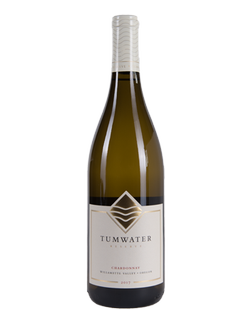CHARDONNAY
2017 STAINLESS STEEL
THE DATA
HARVEST DATE: 9/20/17
PH: 3.15
TA: 6.9
ALC: 13.5
Aged in stainless steel
n: citrus, white stone fruits, minerality
m: medium body, pear, subtle spice, honey sweetness, vibrant texture
THE VINTAGE
2017 was a return to normal for the Willamette Valley after three consecutive warm vintages. The fundamental characteristics of the Willamette Valley’s climate is cool and moderate; ripening each cluster on the edge of the on-set of fall. This type of growing season allows for complextities in flavor and for tannins to develop while retaining the backbone of the wines’ acid.
The season started with a cool and wet March, April and May, which pushed bloom back to late June, setting the stage for a later harvest. Warm and dry conditions prevailed through the summer months creating the ideal situation for steady vine growth and fruit ripening. The vines set a higher than average crop. These crop levels were managed to bring the best out of the fruit.
As with all classic Oregon vintages, it came down to September and October. September heat waves can shrivel fruit, which forces an early harvest and brings the wines out of balance. 2017 did not disappoint. Two early September rain events refreshed the soils, giving the vines a boost to extend the growing season and build complexity. The first fruit harvested was in the third week of September. Calm and cool weather allowed for an easy pace of harvest through October. Pure, delicate and vibrant wines with intriguing structure were the result.
THE AVA
The Willamette Valley is protected by the Coast Range to the west, the Cascades to the east. Its namesake, the Willamette River, runs through its heart. The largest concentration of vineyards are located to the west of this river, on the leeward slopes of the Coast Range, or among the valleys created by the river’s tributaries.
The Willamette Valley floor is a former seabed that has been overlaid with nutrient-rich gravel, silt, rock and boulders brought by the formidable Missoula Floods from Montana and Washington during the Ice Age between 15,000 and 18,000 years ago. Missoula Flood soils are great for growing crops such as grass seed, hazelnuts and berries but are not ideal for grapegrowing. Therefore, most vineyards are planted above 200 feet (60 m) elevation on volcanic, marine sedimentary or wind-blown loess soil, which all contribute to good grape growing conditions.
